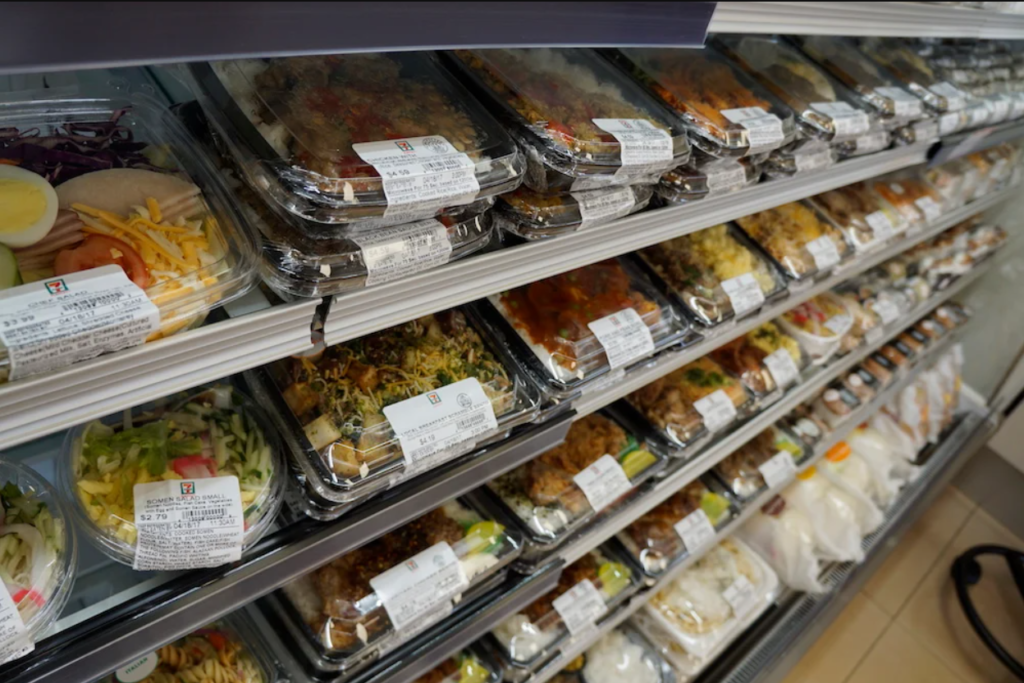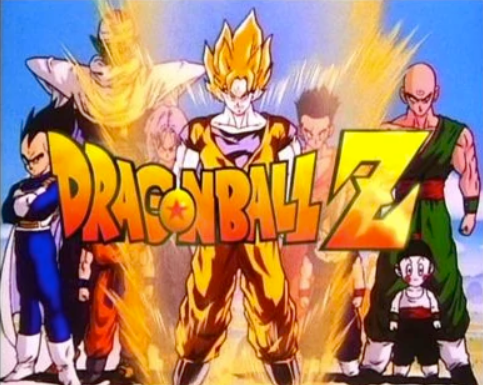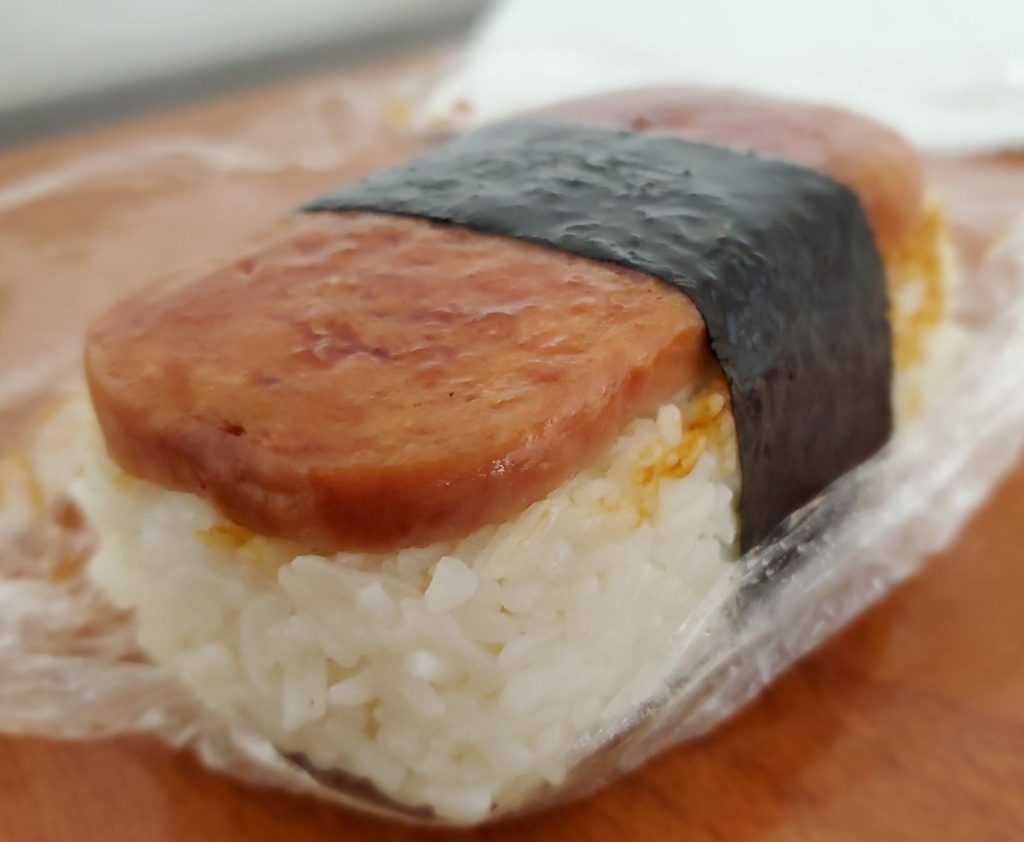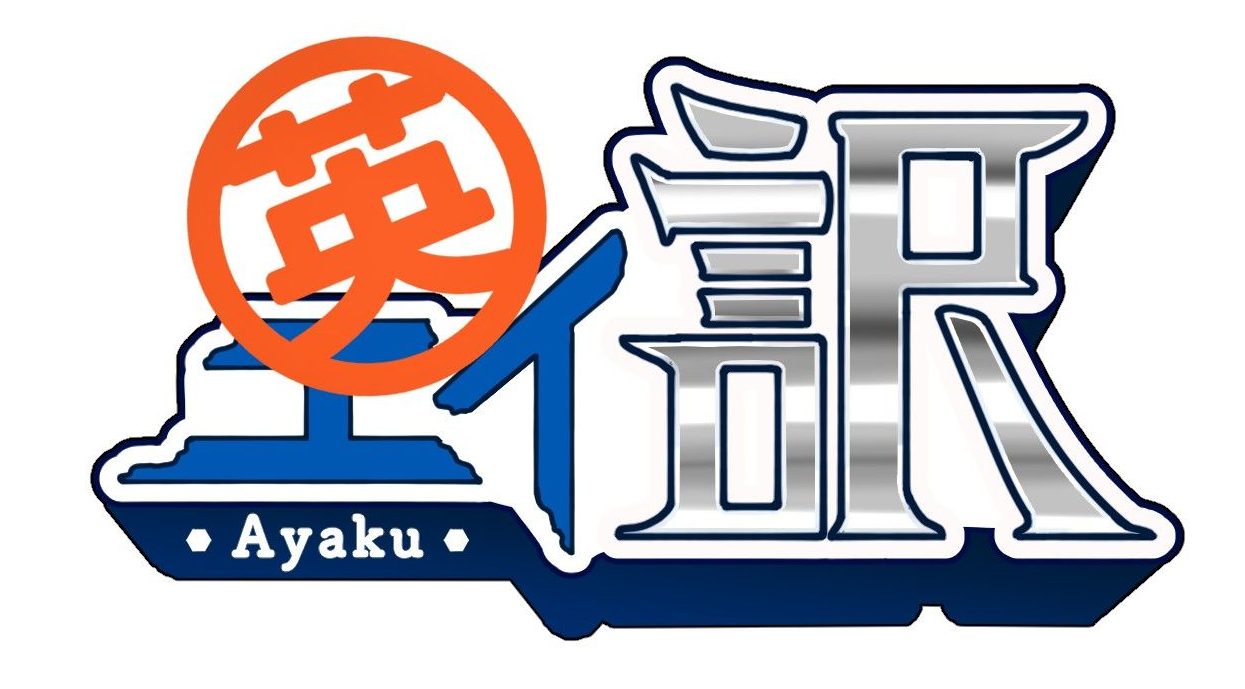
Growing up in Hawaii as an anime fan is a different experience compared to the rest of the United States.
I was born and raised in Hawaii. You’ll find that a big part of the island life is influenced by Japanese culture, moreso than what TV makes you believe. Many Japanese food names and customs are ingrained into our society. When I first watched English-dubbed anime, however, I was surprised by the localization of Japanese food names.
Japanese Influence in Hawaii

The Japanese population used to constitute 43 % of the population in 1920, a little over a decade after immigration between Hawaii and Japan began. They brought with them their language and culture to the island and is a big part of our Melting Pot. Today they account for about 15 % of the population.
You can walk around the island of Oahu and find a lot of Japanese stores. You can even find Japanese foods in the convenience stores (which is what makes our convenience stores the best in the United States). You can also find bentos (boxed lunch) in generic gas stations. Although the best kind of convenience store bentos can be found at our 7-11. The names of food and condiments are usually referred to by their Japanese names: we call soy sauce shoyu, and rice balls musubi (another word for onigiri in Japanese). If anyone tries to call them by their English names, we accuse them of sounding haole (pronounced “how-lee”) — a Hawaiian word that refers to people who are not Native Hawaiian or Polynesian. We usually use this term to describe people of European ancestry. We’re essentially calling people “white”.
Anime in English

One of my first anime was Dragon Ball Z, and an English dub of it aired on Toonami in the late 1990s.
I used to watch the show in Japanese when I traveled overseas between Hawaii and other Asian countries. When I moved back to Hawaii, I watched the show on Cartoon Network, but there were so many things in the English dub that made me question the localization choices.
For example, there’s a scene where Goku wolfs down char siu bao or “meat buns” (or, as we call it in Hawaii, manapua), but for some reason, they were called “bean tacos.” In Pokemon, Brock made rice balls, but he called them “donuts.” I was only like seven years old at the time, but I’m pretty sure I was like, “What the hell?”
Also, the timeslot confused me. During the first part of the year, I was able to catch Dragon Ball Z after school around 3:30 PM. Later in the year, I wasn’t able to catch it despite getting home around the same time. It wasn’t until I was in high school when I learned that mainland America had “Daylight Saving Time.” Hawaii doesn’t observe Daylight Saving Time, so this was an entirely new concept to me. We learned about the other states in history and geography class, but it didn’t really occur to me that maybe Japanese influence is not as prevalent throughout the rest of the country. I can call soy sauce shoyu here, but it would probably be called by its English name elsewhere.

When companies localize anime, they have to make a lot of changes in order for something to be palatable for the majority of West. Hawaii is small and detached from the mainland US. It makes sense that official subtitles would be inclusive to the American audience. But since foods such as musubi and char siu bao needed to be localized because kids wouldn’t know what they are, I can say for sure that people in Hawaii ate better.
Guest Writer: 808 Wavez
Source: Harvard encyclopedia of American ethnic groups, Honolulu Magazine, US Census (2000)

